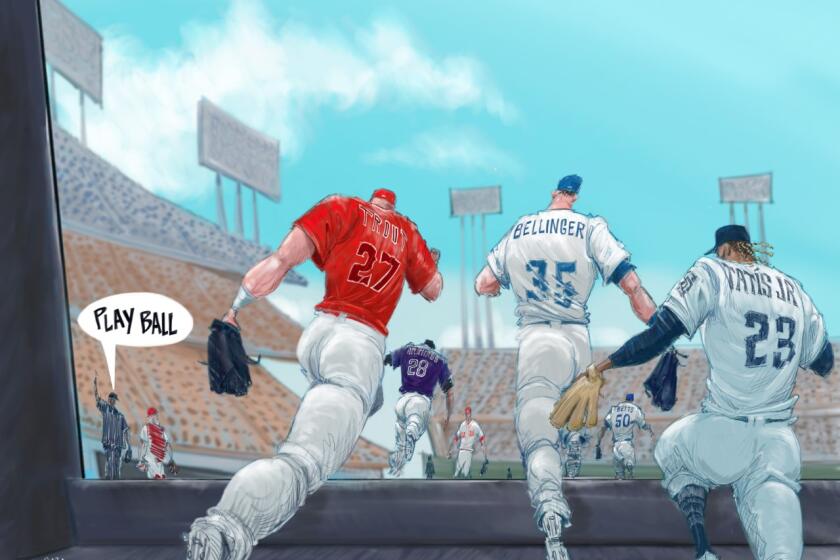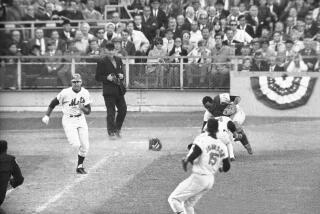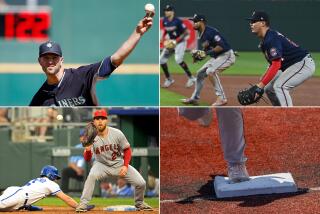How will MLB operate during COVID-19 pandemic? Here are some rules, protocols and oddities
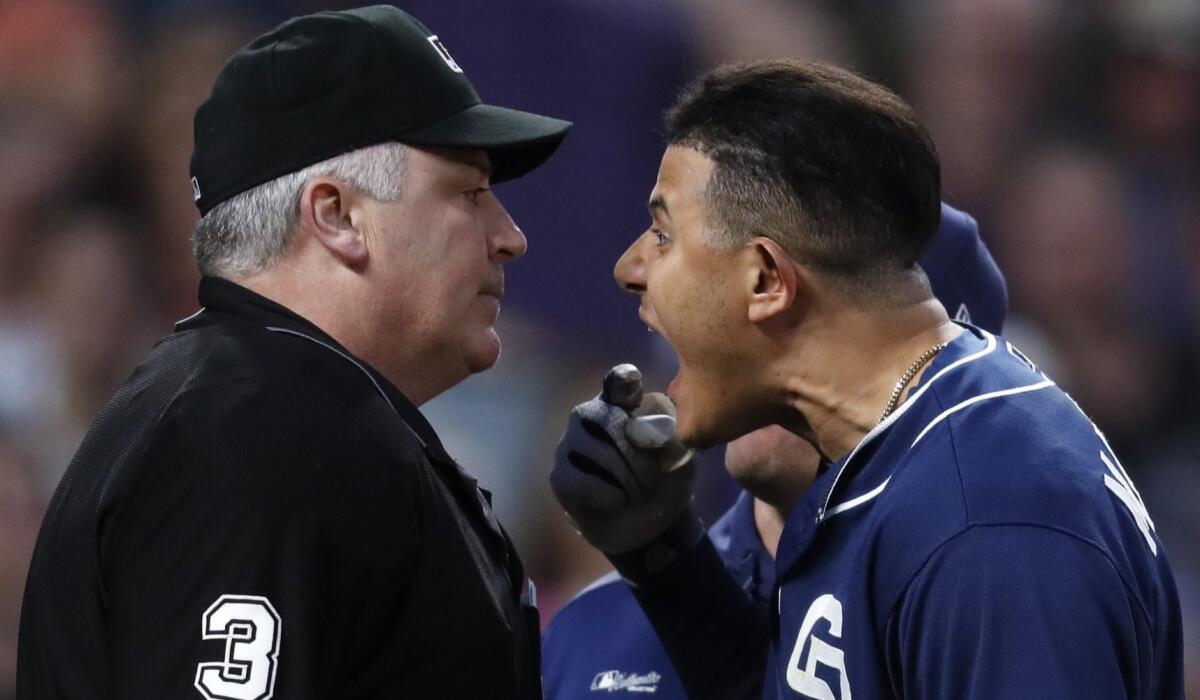
- Share via
It took three months of public negotiations over millions of dollars during a global pandemic, but Major League Baseball intends on staging a 2020 season. Starting it, let alone completing it, remains a colossal challenge as COVID-19 cases rise around the country.
To avoid a stoppage and rendering the terrible optics of the negotiations for naught, the sides agreed on substantial protocols to ensure health and safety. The details were jammed into a 101-page Operations Manual. Below, is an outline featuring the most noteworthy and eyebrow-raising parts.
First, the basics.
Spring — or is it summer? — training is scheduled to start July 1. The Dodgers and Angels, like most other teams, will train at their home ballparks. There will be three phases. First will come individual and small workouts for pitchers and catchers, followed by larger and full-team workouts with intrasquad games, followed by a handful of exhibition games against other teams.
The MLB season is three months late and filled with uncertainty. The surroundings will be unusual, the schedule strange, the rhythms remodeled. Let’s ‘play ball.’
The 60-game regular season, during which players will receive full prorated salaries, is scheduled to start July 23 or 24 and end in late September before a standard postseason is played. The usual six divisions will remain intact and interleague play will be limited to the corresponding geographical division in the other league (i.e. NL West vs. AL West). So, yes, that means the Dodgers will face the Houston Astros.
Now, on to the more granular details. . . .
What happens if people test positive for the coronavirus?
Those people aren’t allowed to travel, access the facility or have contact with others once they test positive. To return, those people must test negative twice in a row, have no fever for at least 72 hours, possibly pass a cardiac exam, and be deemed by doctors and MLB to present no risk to others.
If a player tests positive, he will be placed on the COVID-19 injured list. The list doesn’t have a minimum or maximum length. Players would still be paid their full prorated salaries and earn service time. A player can go on the list without a positive test if he’s showing symptoms or had confirmed exposure to the virus.Can players not play if they don’t feel safe?
Any player is free to opt out of the season, but only players medically certified as “high risk” would receive their full prorated salaries and service time. Other players would not be paid or receive service time.
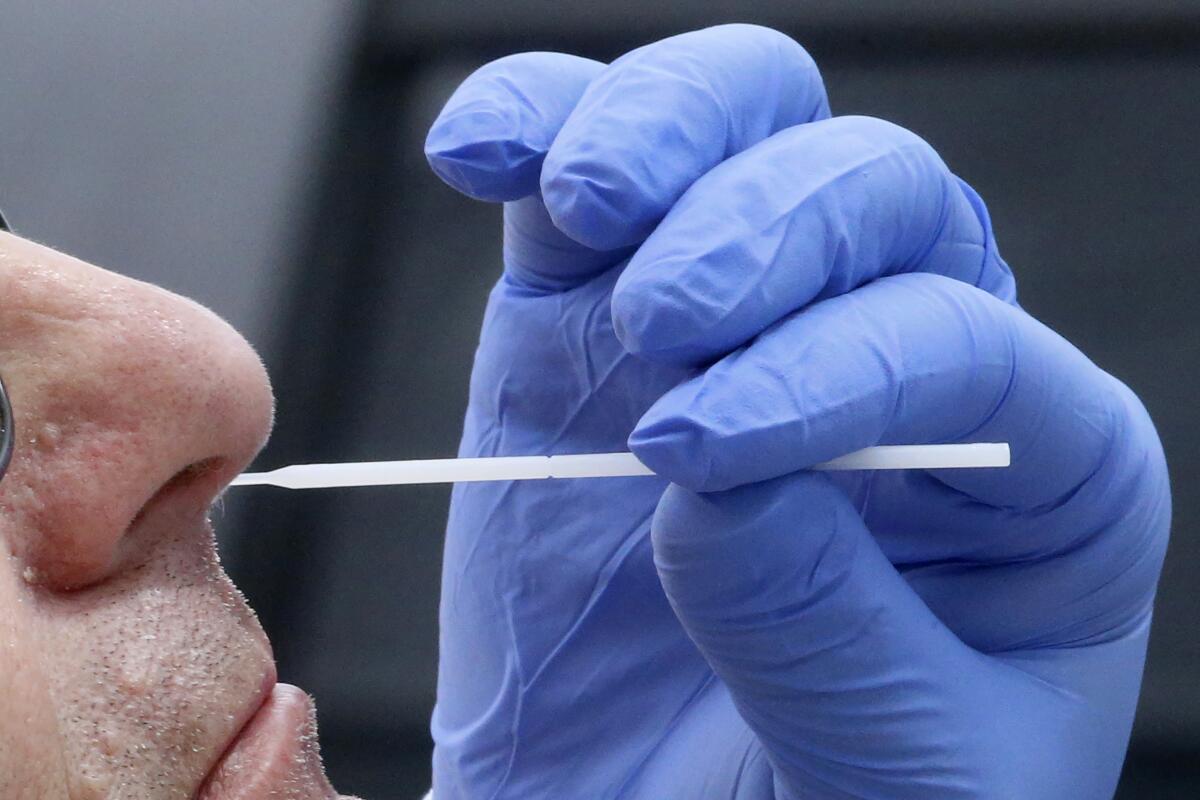
Safety protocols
—Players are required to watch a safety video before reporting to spring training and watch it again upon arrival.
—Players and staff will fill out questionnaires for pre-screening a day or two before intake screening.
—Intake screening, done 48 to 72 hours before the person reports to spring training, will include a temperature check, body fluid sample and blood collection for antibodies. The people will self-quarantine until the results are known within the following 48 hours.
—Players will be tested for the virus every other day during the regular season. The tests will be run on saliva collections, though there may be instances in which nasal or oral swabs could be used for collections. Players and staff will undergo symptom screens and temperature checks at least twice a day during the season. People will be given a thermometer to check their temperatures every morning. The temperature threshold is 100.4 degrees Fahrenheit.
—Everyone who enters a stadium must fill out a questionnaire and have their temperatures checked.
—Players and staff will undergo antibody testing about once a month.
—Free diagnostic and antibody tests will be offered to household members and healthcare workers in the clubs’ home cities.
—There are no official restrictions on what players are allowed to do away from stadiums, but MLB says individuals must “ensure they all act responsibly.”
—Everyone must wear a face covering at stadiums and facilities unless they’re playing, practicing or working out. Players and members of coaching staff aren’t required to wear masks during games but can wear one.
—Players are prohibited from using public transportation to stadiums but are allowed to use rideshare services (Uber, Lyft, etc.).
—Communal food spreads aren’t permitted.
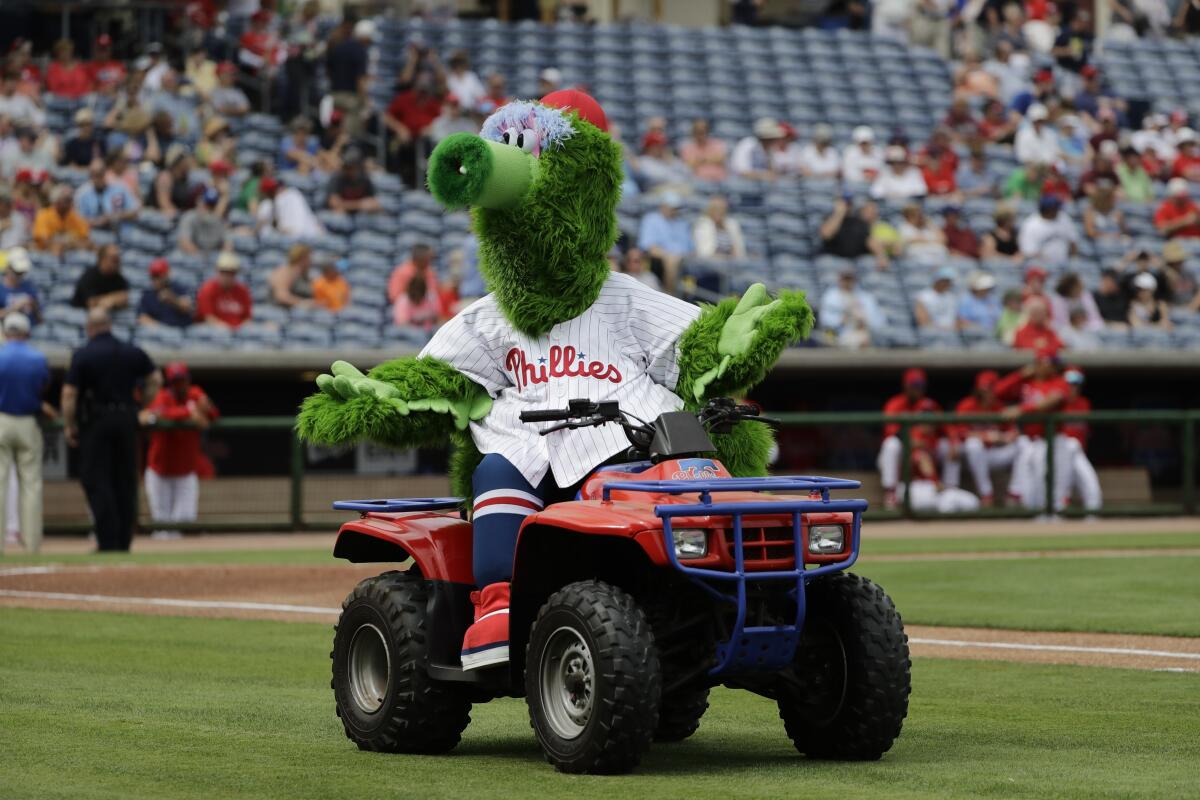
On-field safety rules
—No high-fives, fist bumps, hugs, etc.
—No fighting.
—No arguing with umpires or the opposing team in close proximity.
—No lineup card exchange between the managers before the game (there’s an app for that).
—Pitchers are allowed to carry a wet rag to avoid licking their fingers for moisture. They’ll also be required to have their own rosin bag.
—Players must use their own pine tar rags, bat donuts, and other equipment in the on-deck circle.
—Players must retrieve their own hats, gloves, sunglasses, etc. from the dugout to take on to the field even if they end the inning on base or at the plate.
—Players are “strongly discouraged” from throwing the ball around the infield after an out.
—Players not expected to play in the game shouldn’t sit in the dugout.
—Lockers must be at least six feet apart.
—Mascots are allowed in stadiums, but not on the field.
Other on-field rules changes
—The designated hitter will be used in both leagues.
—Extra innings will start with a runner on second base.
—MLB reversed course and will allow position players to pitch at any point in the game.
—The three-batter rule for pitchers will be in effect.

Personnel rules
—People with access to stadiums and facilities will be divided into three tiers.
—Tier 1 includes players (60 max), coaches (12), bullpen catchers (2), team physicians (6), athletic trainers (2), physical therapists (2), strength and conditioning coaches (2), translator for non-English and non-Spanish speakers (1).
—Tier 2 includes other essential personnel, capped at 38. Tier 3 will be others who don’t require contact with Tier 1.
—Opening Day rosters can include up to 30 players with a minimum of 25. Rosters then shrink to 28 on the 15th day of the season and to 26 on the 29th day of the season.
—There isn’t a limit on pitchers.
—Teams can add a player for doubleheaders once rosters shrink to 26.
—Teams can carry up a taxi squad of up to three players on the road. One must be a catcher.
—Taxi squad members will get paid their minor league salaries, but receive the standard MLB allowance of $108.50 per day).
—Teams can have up to 20 players stationed at an alternate training site. MLB requires the site be close enough to travel to and from without flying commercial.
The Ducks will unveil a complementary work/live/play district anchored by the Honda Center, which combined with the Angel Stadium projectm, adds up to 250 acres.
Other off-field rules changes
—All postponed games (rainouts, etc.) will be considered suspended and resumed at a later date. That includes games that are stopped before five innings are completed.
—The transaction freeze implemented in March will end Friday.
—The trade deadline is scheduled for Aug. 31.
—Players must be on rosters by Sept. 15 to be eligible for the postseason.
—The standard injured list for all players will be 10 days (the league had implemented a 15-day IL for pitchers).
—The 60-day IL has been cut to a 45-day IL.
More to Read
Are you a true-blue fan?
Get our Dodgers Dugout newsletter for insights, news and much more.
You may occasionally receive promotional content from the Los Angeles Times.

